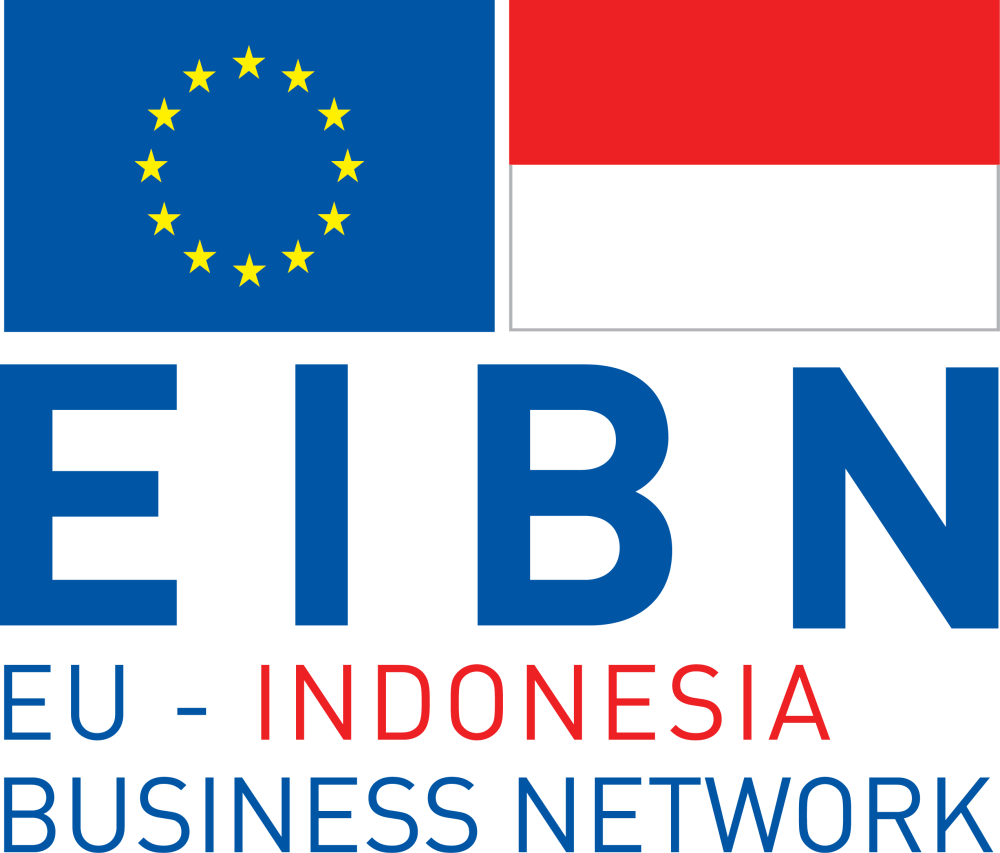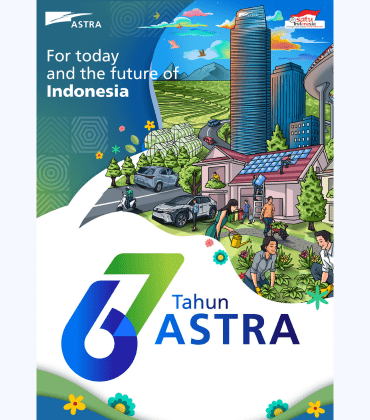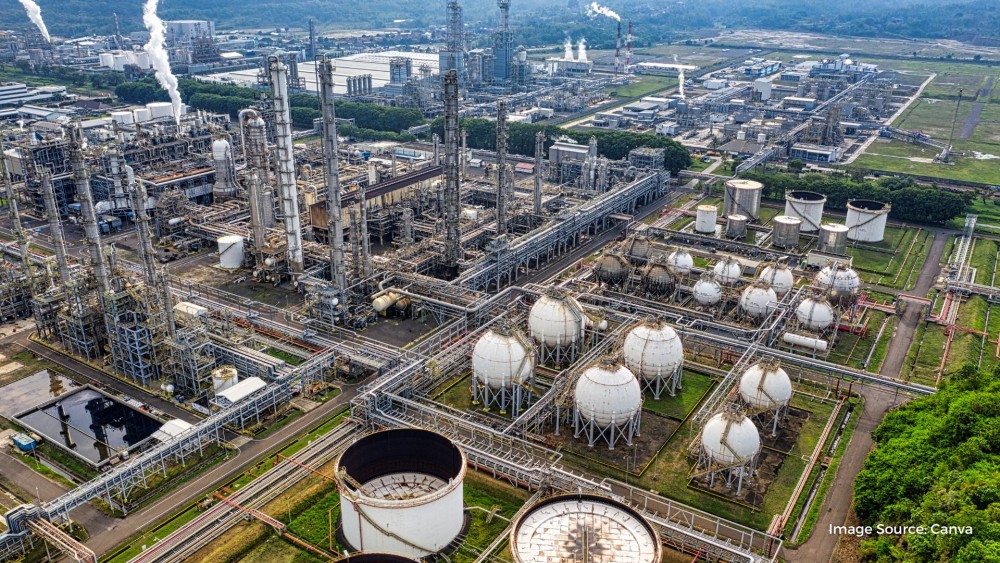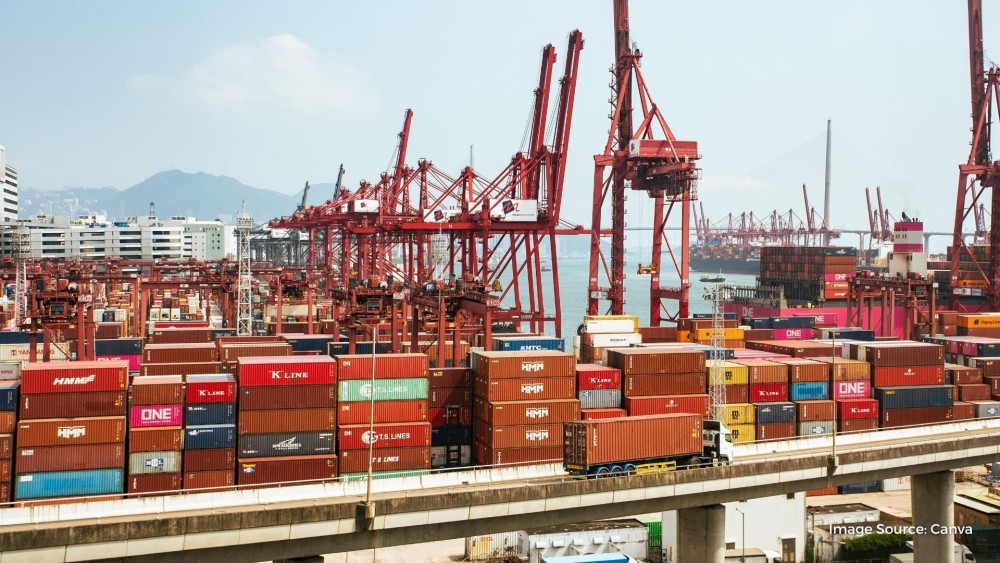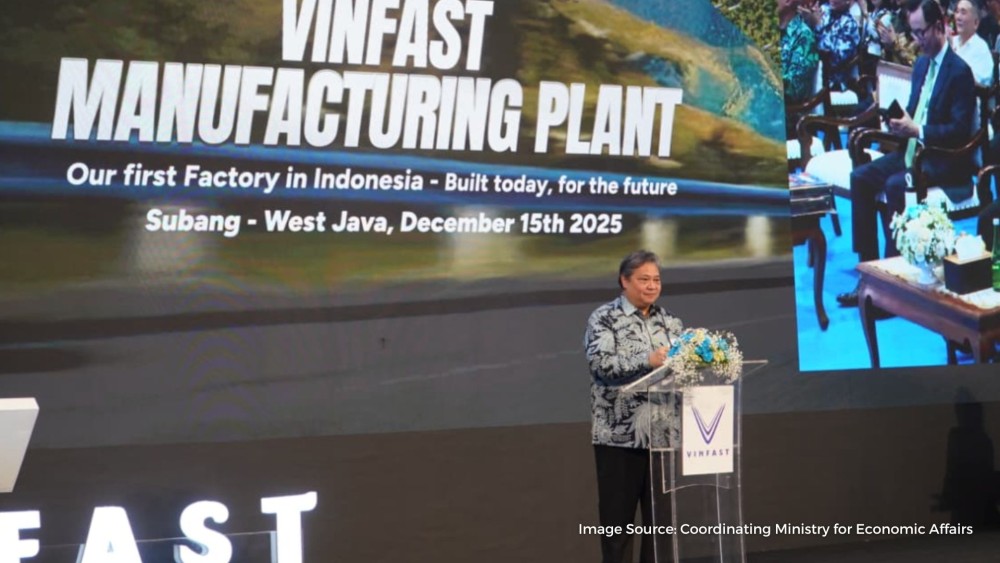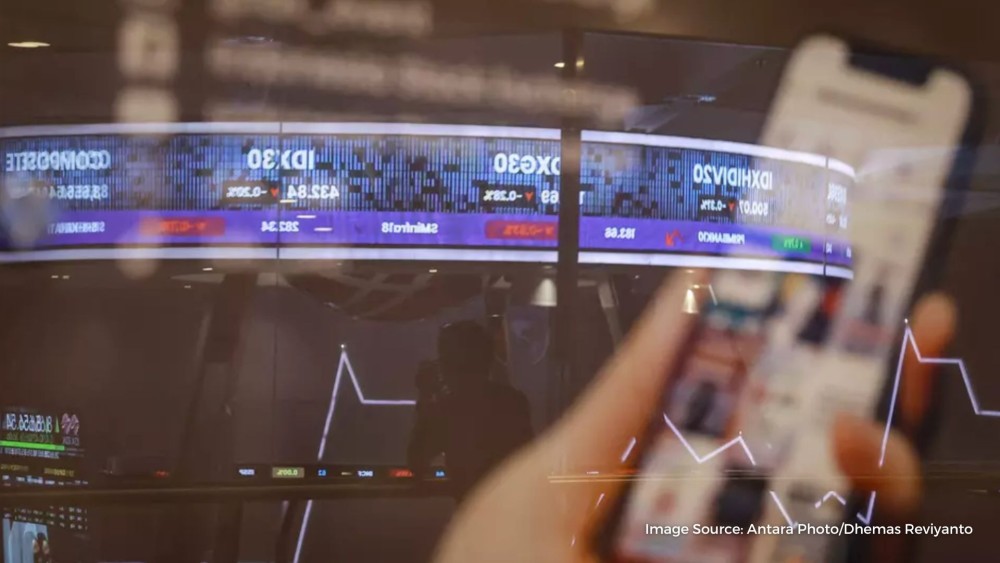Indonesia, the fourth-largest country in the world with around 275 million inhabitants, has been experiencing continuous economic growth of around 5% per year for several years. Due to this positive economic development, the poverty rate has more than halved within the last 20 years. With a GDP of US$1,187,319 million (2022), Indonesia is the 16th largest economy in the world. By 2030, Indonesia is even expected to rise to seventh place. Despite the current geopolitical challenges of the war between Russia and Ukraine, Indonesia’s economy continues to grow strongly, where it recorded a 5.31% yearly growth in 2022.
This generally positive economic development goes hand in hand with its continuously increasing electricity demand, especially due to urbanization and industrialization. At 317,568,463 billion of oil equivalent, the industry sector takes up the most energy consumption in 2021, according to the Handbook of Energy & Economy Statistics of Indonesia 2021. This accounted for 31.11% share of the final energy consumption by sector – the second-largest after transportation.
In order to create a more sustainable industrial sector and a fairer energy transition, the Indonesian government has been launching various programs and initiatives aimed at improving energy efficiency, with a 17% reduction target in the industry by 2025. These programs include measures such as improving industrial energy efficiency, promoting energy-efficient buildings, and encouraging the use of renewable energy sources.
Indeed, Indonesia’s energy efficiency policy has been defined under Presidential Decree No. 43/1991 on Energy Conservation. In addition to this, other legal bases for the energy-efficiency efforts are embodied in several regulations, such asLaw No. 30/2007 on Energy, Government Regulation No. 70/2009 on Energy Conservation, Minister of Energy and Mineral Reserves (MoMER)Regulation No. 14/2012 on Energy Management, and Government Regulation No. 79/2014 on National Energy Policy. Among others things, these regulations are issued to help ensure energy management in an optimal, integrated, and sustainable way for households, commercial, and industrial applications.
To achieve a target of 17% reduction in the industry by 2025, several energy efficiency measures can be taken in various forms. For example, by changing the technology used, carrying out routine maintenance, implementing a new component, installing an energy management system, as well as implementing energy audits and Industry 4.0 concepts. On the other hand, energy efficiency projects in Indonesia is still considered high risk and unprofitable.
Despite the generally very positive overall situation for energy efficiency technology in Indonesia, there are a number of factors that have a negative impact on market opportunities. These include the existing legal framework, wherein some of the market participants expressed their wish in the direction of the government for improved regulation of the energy sector as a whole and for energy service providers in particular. This is especially true for Government Regulation No. 70/2009, which is the most important regulation in the field of energy efficiency but is also one that is criticized for not creating enough incentives and has also been considered, on occasion, as posing a hindrance.
The same goes for MoEMR Minister Regulation No. 14/2012. The regulation stipulates that corporations with a consumption of more than 6,000 tons of oil equivalent per year must introduce an energy management system. For some market participants, this regulation does not go far enough. In this regard, an expansion of the regulation is suggested so that companies with lower energy consumption are also obliged to use an energy management system.
Another factor is the domination of state electricity supplier PT. Perusahaan Listrik Negara (PLN) in the Indonesian market with a share of 70% of the total electricity generation. Despite higher energy prices in the past, PLN naturally has an interest in generating and selling as much electricity as possible. For this reason, there is a conflict of objectives on the part of the government between promoting energy efficiency and increasing the sales of the state-owned company and thus increasing state revenues.
Lastly, many Indonesian companies are simply not very aware of the energy efficiency sector. Energy saving measures are perceived as an environmental measure and not as a means of reducing costs. Indonesian companies are often initially skeptical about new technologies, especially when these technologies are not yet widely used by other Indonesian companies. However, these concerns can often be overcome through personal contact and persuasion.
Other factors that do not have a positive effect on market opportunities are regular exchange rate fluctuations in the Indonesian currency (Indonesian rupiah) and unattractive conditions from Indonesian banks for the financing of energy efficiency projects.
As a country well recovered from the COVID-19 pandemic and less affected by the Russian-Ukraine war, Indonesia continues to enjoy positive economic development as shown, among others, through its prosperous industrial sector. As a consequence of its intensive energy needs, however, the industry sector is a priority subject to implementing energy-efficiency measures.
Despite the steadily increasing energy demand associated with the economic rise, the country’s industries had hardly taken any energy-saving measures, which is why there is a great need for energy-efficiency technology. The Indonesian Ministry of Energy forecasts for the industries of petrochemical (17%), food (15%), steel (32%), textiles (35%), pulp and paper (20%), and cement (22%) considerable maximum savings potential.
The Indonesian government, through a number of regulations and energy-efficiency measures, has been trying to improve energy efficiency in the industry sector. Though these ongoing efforts have been showing positive improvement, further developments of policy and framework conditions are needed to tackle current challenges, unlock the country’s full potential for energy efficiency, and achieve a target of a 17% reduction in the overall industry by 2025.
Indonesia offers excellent opportunities for the sale of energy efficiency technology to industrial companies due to the size of the Indonesian economy and the considerable savings potential. The economic strength and potential for saving more than outweigh the risks and disadvantages of the Indonesian market.
This content is done in collaboration with:
Business Sectors
